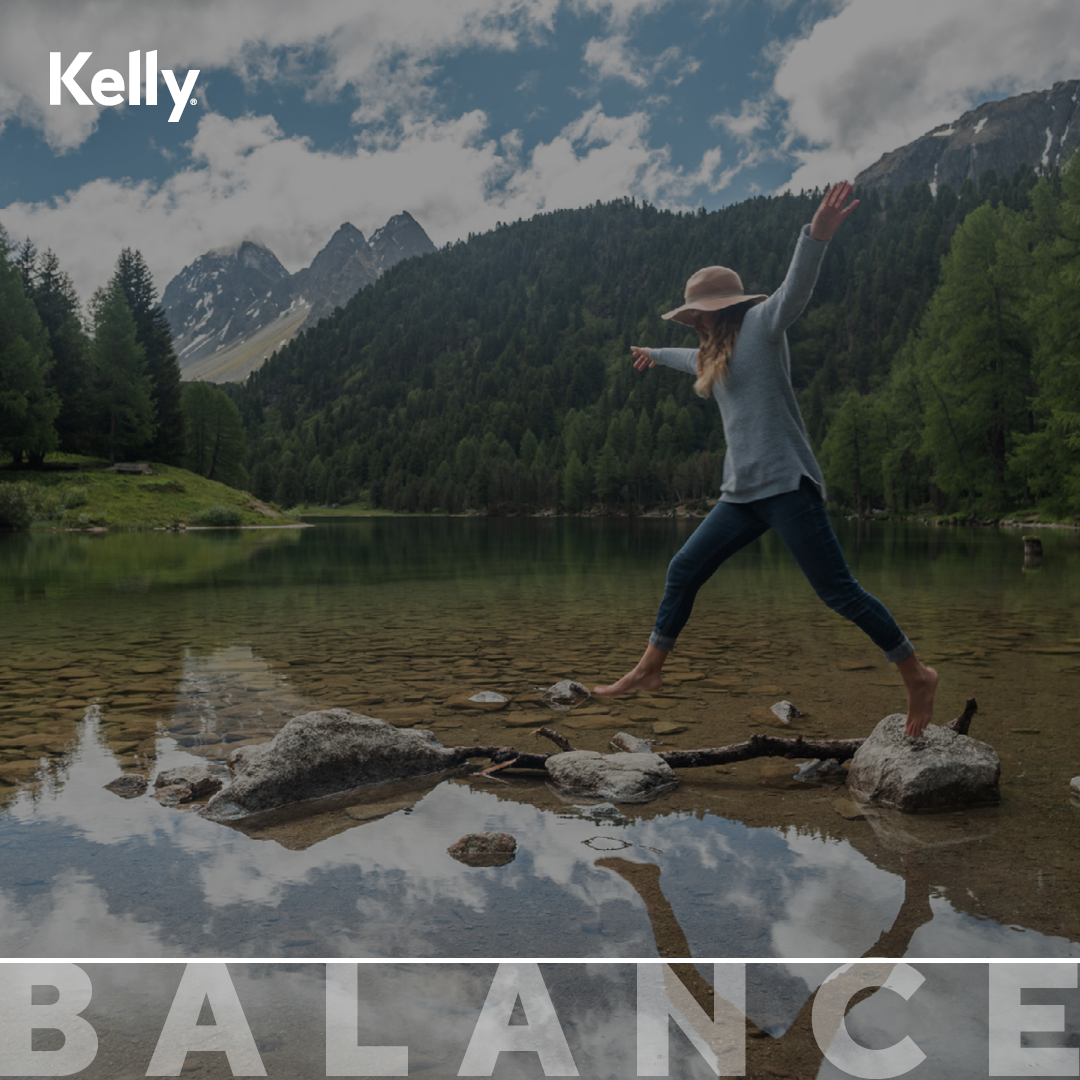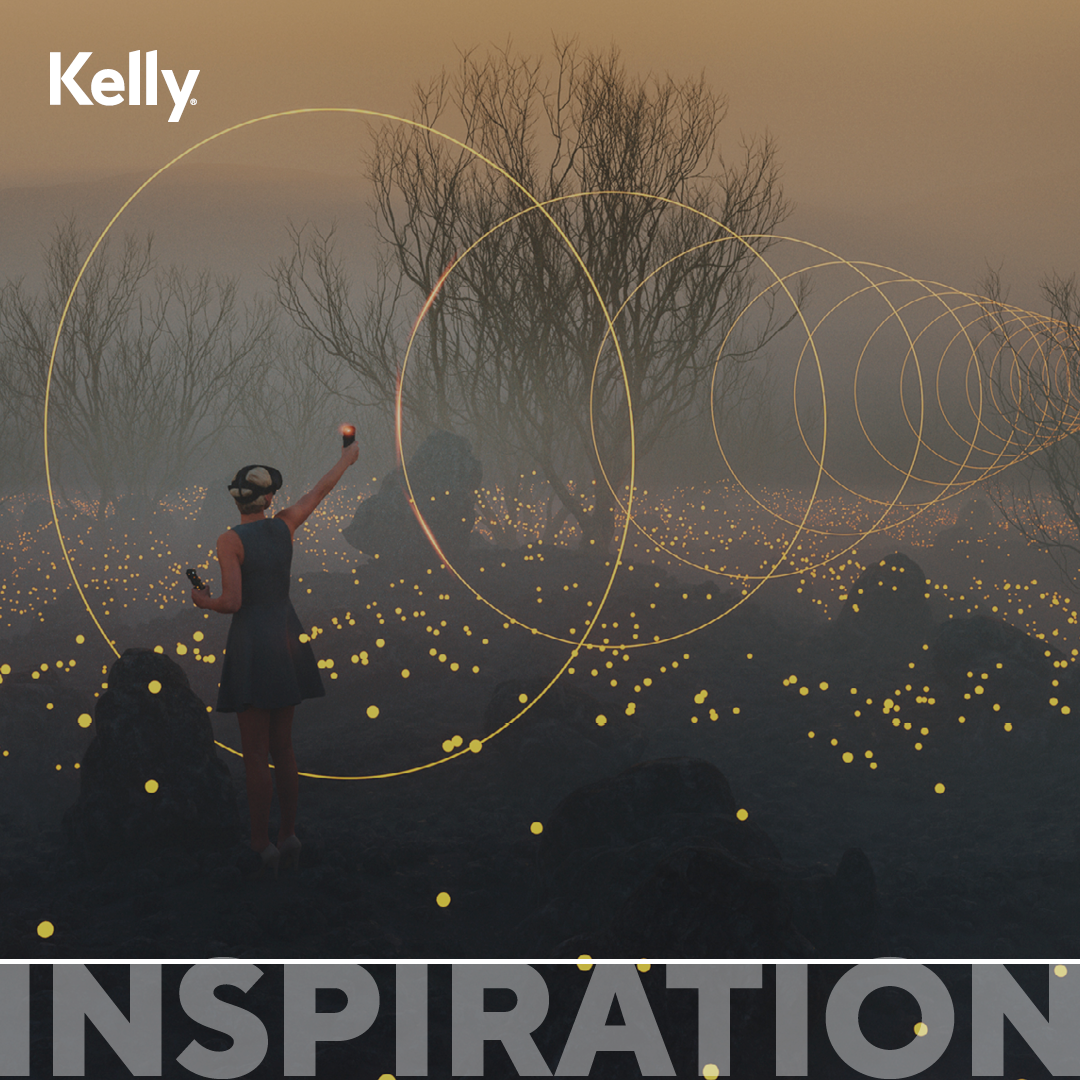
The pandemic has driven a revolution in clinical trials that started with decentralisation and remote monitoring… but it hasn’t stopped there. New technologies are consistently shaking things up. Here are some of the innovations that are changing the face of clinical trials.
Over the past decade or so, we have digitised many of our daily activities with apps, gadgets and virtual tools serving a wide range of purposes in our lives. It’s no surprise that this emerging technology is making its way into clinical trials, too. Here’s how some of those technologies are being applied - and the new skills you might want to start recruiting into your trials teams!
Match-making, but for clinical trials and participants
A ‘match-making’ site that helps people find suitable trials to participate in has been making waves (and attracting millions in investment).Antidote Technologies UKset out to reduce the huge number of trials that are either delayed or closed altogether due to a lack of participants. It had already matchedover 14,000 patientswith suitable trials this time last year; we can’t wait to see the impact they will have over the next 12 months.
Crowd-sourcing samples on social media
Sounds weird, right? But researchers managed tolaunch and successfully close a study within three monthsby crowd-sourcing participants via seven social media posts and a website. What makes this more interesting is that the participants had to send a urine sample by post, rather than filling in a questionnaire or visiting a medical facility.
The researchers, investigating interstitial cystitis/bladder pain, received 1,254 sign-ups - including participants from all 50 States in America. Those participants took an average of just two weeks to fill in a survey sent to them in the post and return the required urine sample. And the biggest driver of traffic to the website? An 11-second video on TikTok.
This is an exciting proof-of-concept that highlights how social media is playing a growing role in overcoming one of the biggest challenges in clinical trial design: recruiting participants.
Digital twins - the ultimate control group
Another way to make it easier to recruit enough participants is to half the number of participants that you need! One way to do that is to get rid of the control group. But how do you do that without affecting the quality of the trial?
Well, AI can be used to predict what would happen if a trial participant received a placebo treatment - essentially creating adigital twin. This approach potentially eliminates the need for a control group in placebo-controlled trials. Not only that, but the variability between the control and experimental groups would be much lower, as the control group would be made up of digital twins of the real participants. Sounds like a win-win situation!
AI trial design
There’s a strong theme here! Preventing the failure of clinical trials is big business - each failed trial in the USA is estimated to cost an average of $800 million to $1.4 billion in wasted investment and preclinical development costs. So, AI that can analyse large, varied datasets and suggest more effective recruitment and patient-matching approaches, or that can monitor patients automatically and continuously, could improve adherence and lead to more reliable results. Various approaches, such as machine learning, deep learning reasoning and human-machine interfaces are alreadyearmarked as bhaving high potentialfor patient selection, cohort composition, patient monitoring and retention.
Another interesting application of AI is topredict the clinical value of drugsbefore they go to human trials. By using AI biosimulation to rapidly model how a drug (currently including small molecules, large molecules and viruses) will interact with an animal’s body, the start-up aims to eliminate the need for expensive and time-consuming animal testing in the future. This approach could be built into the early stages of trial design or used to narrow down which treatments will get as far as clinical trials in the first place.
Blockchain technology comes to the fore
‘Blockchain’ is widely associated with cryptocurrencies, so what use could it have in clinical trials? Well, blockchain technology is a traceable and highly secure way to store and share data. Any changes to data are verified multiple times and stored permanently, creating a highly secure and tamperproof record. And once AI is applied in a clinical trial setting, the amount of sensitive data gathered and analysed is astronomical.
Technology is evolving rapidly, so approaches to cybersecurity must do the same in order to protect sensitive participant and proprietary data. And that’s whyblockchain technology is the latest toolin a clinical trial manager’s toolbox.
Virtual consultations
Another great way to improve interest in trials and retention of participants is to use virtual reality to bring the experience to life. There are lots of unique ways toimplement VR in trials, such as giving potential participants a tour of the facilities, or helping patients to understand diseases and treatments with interactive and immersive training. Virtual consultations could also bring consultants ‘into’ participants' homes, without the expense or risk of disease transmission (e.g., COVID to someone with a vulnerability) of actually travelling there in person. The possibilities are endless.
Still to come
And of course, there are plenty of technologies on the horizon, too.
While wearable technology has been around for a while now - and has huge potential for remote monitoring - regulations regarding its use in trials are still lagging. Once they catch up, we could see trial participants measuring their responses to trial medicines using devices like smart watches or patches.
Some commercially available smartwatches are already able to monitor the following:
- Electrodermal activity
- ECG reading (pending FDA approval)
- Skin temperature
- SpO2 (Oxygen saturation)
- Heart rate/heart-rate variability
- Breathing rate
- Snoring
- Time and quality of sleep
If those measurements are able to be validated as accurate and reliable, it could transform the way that we gather data from participants - and make trials much more appealing to participate in, too.
What does this mean for clinical trials staff?
Times are changing, and so too are the range of skills required to plan and run a clinical trial. While traditional skills and knowledge will still be required - no one is going to be replaced by robots yet - it’s likely that we will see an influx of new roles and skills, too. For example:
- Behavioural psychologists and social media strategists to help with recruiting and retaining participants using new platforms and approaches.
- Cybersecurity and blockchain experts to protect the reams of sensitive data that are produced, analysed and stored.
- Data scientists and experts in machine learning, to train AI for various clinical trials processes.
- Sustainability officers, to offset some of the huge energy requirements that come from using AI and storing data.
- Developers, to create the apps, websites and portals required to give participants access to these technologies.
It’s an exciting time in clinical research - the landscape is evolving rapidly and new technologies offer great opportunities. All you need now are the employees to take advantage of them!







